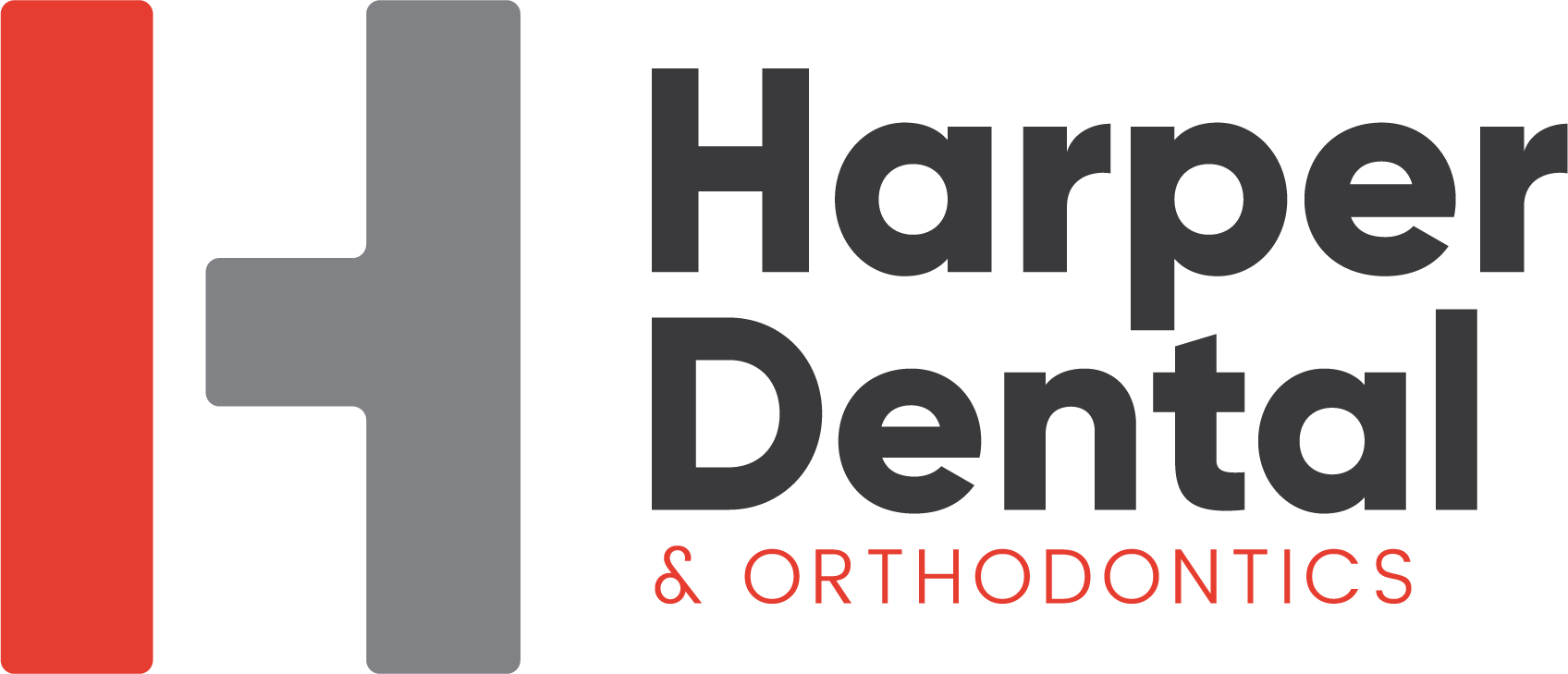This is most obvious towards the front of the mouth but can happen in the back teeth as well.
Ageing and teeth
As a dental practice we see themes recurring in people's mouths time and again.
Ageing in the dentition is one of those.
So how do our teeth age?
They wear out
Our teeth have a certain degree of elasticity but this can used up over a period of 40 years, after which teeth start to fracture and break away.
These fractures almost always occur in teeth which have been previously restored with a filling.
They get slowly pushed back into our mouths
Teeth which were straight when we are in our teens are crowded and overlapping in our 40’s, most 70 year olds have very crowded teeth.
How does this happen?
Our teeth end up where they are as a balance between the tongue pushing them out and the lips holding them back in. Over time the lips start to win and our front teeth end up being pushed back, forcing them to occupy a smaller space, with the inevitable result that they become more crossed over. That’s why a sign of ageing is a “sunken in” mouth. A great way to reverse this is with clear aligners.
Gum disease can become a crisis
Our teeth start to loosen as bony support for our teeth gets down to critical levels – a tipping point beyond which loss of support accelerates until the tooth needs to be extracted.
They get darker in colour
This can be resolved quite often with a simple whitening process.
Any good news at all?
You’re still alive?
And you still have your teeth.
Back in the olden days parents used to arrange, around the 21st birthday, for their children to have all their teeth extracted and a complete set of dentures fitted. This is not a joke, this really happened.
It’s barbaric to think that ever occurred, but it did and it’s something to be grateful for that our expectations for our dental health can be so much higher than in previous generations.
So how are you supposed to deal with all that?
All of these factors tend to reach a tipping point around the age of 50 thus making the needs of the older patient much more complex than that of the younger patient. Small effects in the 20’s look much worse in the 40’s and catastrophic in the 60’s – if allowed to proceed without management and care.
Not everybody does suffer these problems but everybody is at risk of suffering them.
It’s one of the reasons why in all patients we focus so much on anticipation of future problems but also recognising and building on whatever is going well.
So what are the answers to all this ageing?
The first step is to realise that a lot of what we look at as being “Too Many Birthdays syndrome” is actually an accumulation of disease which should be recognised immediately for the pathology it is and treated. No, you don’t have to accept that this ageing process is something you just have to lump. A lot of it can be fixed so that you have your teeth and health for a lifetime.
The second step is to realise that not all of these ageing factors/pathologies are present in everybody. You only need to treat the diseases you actually have. That should make everything a lot easier to deal with.
The third step is to make a plan which is sustainable and realistic and which achieves your ideal outcome.
Call us now on 03 5303 9999
Did you like how your teeth looked 20 years ago?
It is a realistic expectation for a lot of patients that their teeth can look like that once again.
Especially if you bring in a photo of how they looked back then.
If it’s not possible we will let you know.
